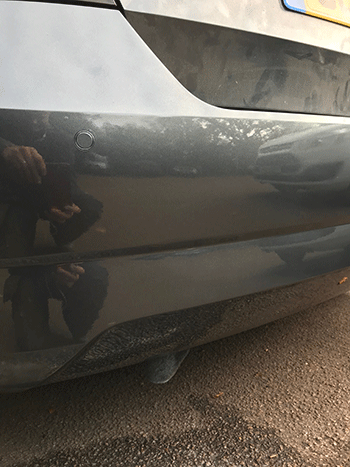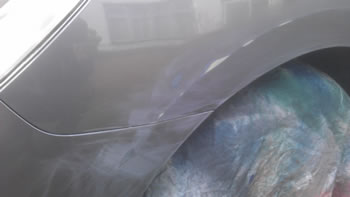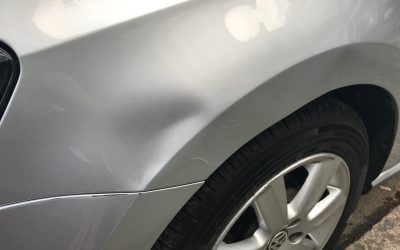SMART REPAIRS as a business has been around for over 20 years and has seen varying degrees of change in its time from the type of paints that are used to he speed of curing of lacquers, but what does the future hold for the progress of this repair technique?
In The 90’s
Through out the 90’s emphasis for the progression of this service was based around speed and the ability to minimise and shorten the whole repair process buy using fast curing solvent based paints and fast curing lacquers that activate and cure faster than there body shop alternative. This was seen as revolutionary by car garages who saw the potential of such a quick turnaround time on the repairs allowing them to replace sold stock quicker with fully prepared vehicles. As a result the demand for the Smart Repair business in the trade sector had never been greater, this intern lead to an increase in the franchise for this service, which was leaped upon by larger organisations.
In The 00’s
While in the 00’s the main attention was on health and safety of the products and equipment that were used. This can be best illustrated by the change from solvent-based paints and lacquers to Water based paints and lacquers that were more VOC compliant. This had 2 distinct affects, 1) the drying times were slightly increased. 2) The safety aspect for the process was dramatically increased. In a whole this was seen as a must, especially by the EU, which at the time were in the processes of regulating the health and safety aspects of the automotive industry and related services.
Present Day and Possible Future Improvements
Moving on from this where is the Smart Repair industry to move on to next? It seems the different types of repairs that are carried out by this service are starting to be individually improved and speeded up. such as the process of fixing a car scratch, before you would have to rub it down and perform a localised respray but now there is a technique that has been developed which uses a liquid compound that comes in varying colours that can be made up and is used to push into the scratch and when the excess has been removed fills and sills the damage so no need for a respary cutting the repair time down by over a half (This technique is new and is not widely available). Another example is in Seat Burn Repairs, before the process would take around 1 hour to fix a standard burn but with the new fillers and quick drying topcoats this has been reduced to just 20 minutes in total. the same can be said for the fillers and glues used to repair cracked bumper.
One repair type, which I would love to see, improved in the future is the Bumper Scuff Repair process. This has got to be the most popular type of repair we carry out so to see this improve by either reducing the repair time or by improving the result would be revolutionary to us. Currently a standard scuff repair would take us just under 2 hours if that could be reduced with no reduction in the finish of the repair we could save customers a lot of money let alone the time they need to have the repair carried out.
Another change we would love to see is the further reduction in size of the equipment that is used. Even though there’s not much equipment needed at present for certain processes, carrying out such a wide range of repairs requires more specialist equipment for there respected individual tasks. Maybe even multi task the equipment so they can be used across the board would aid in this.
So for future developments in this industry, who knows what will come and be developed, we just hope that is safe and not only helps us but our customers too.
The future for Smart Repairs




0 Comments